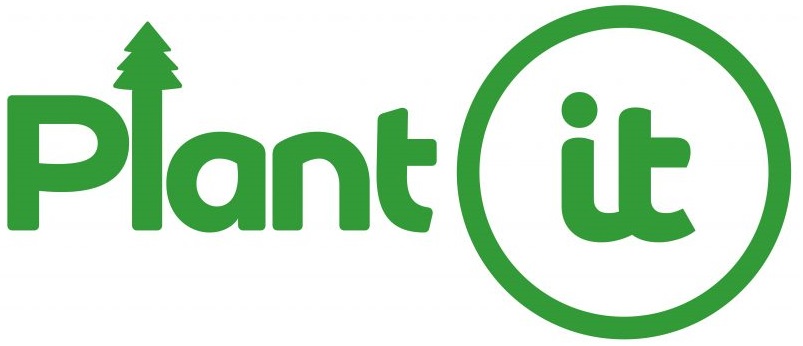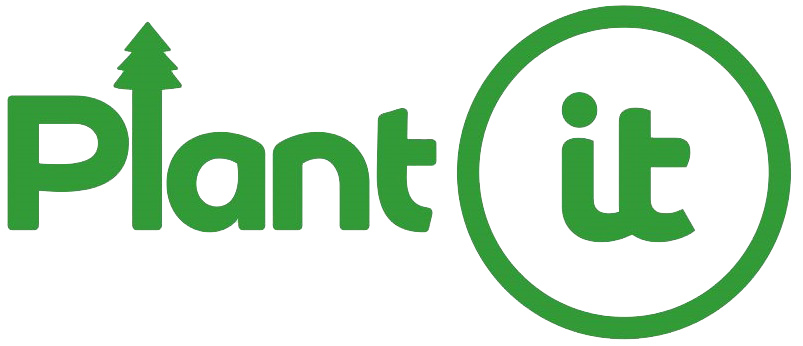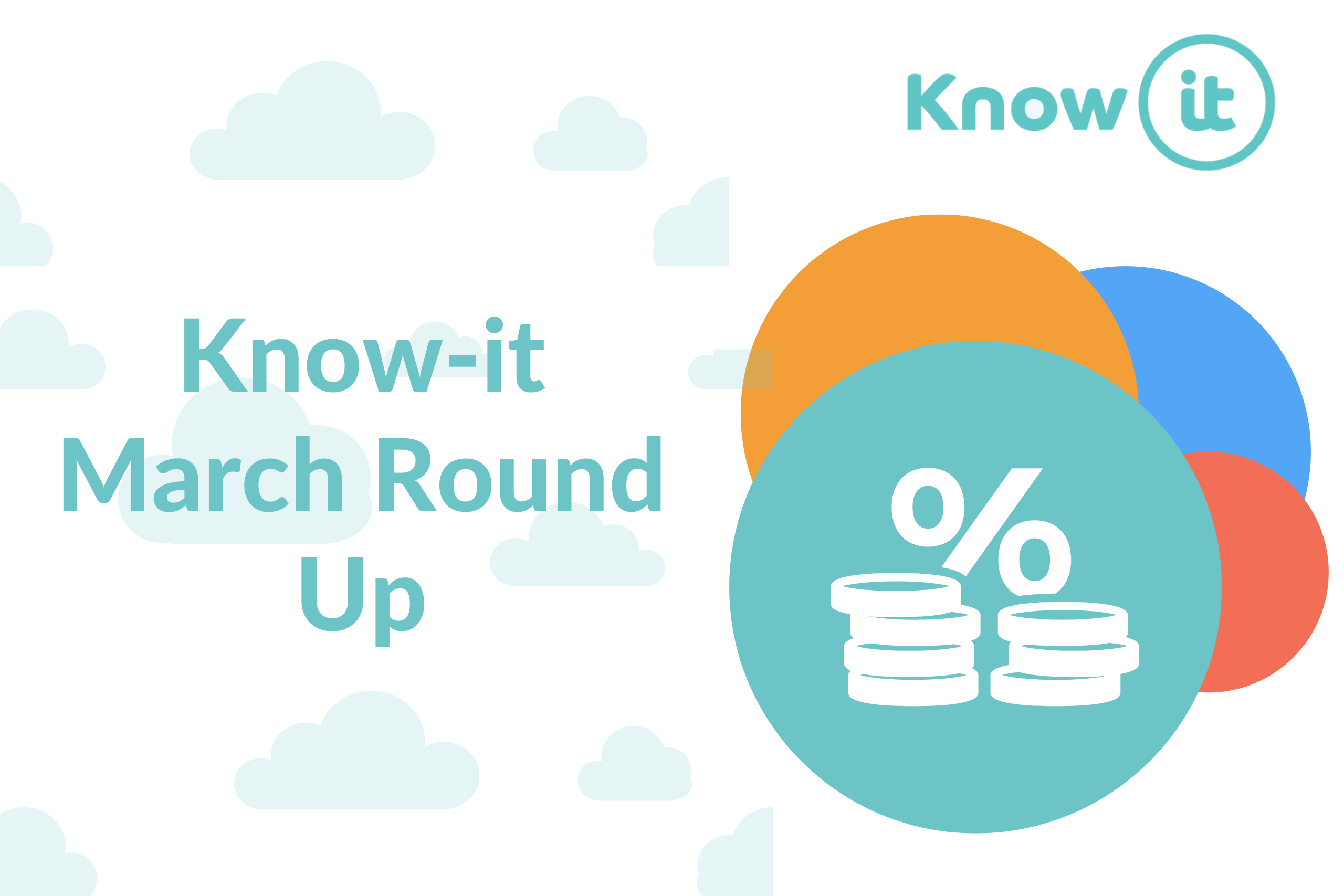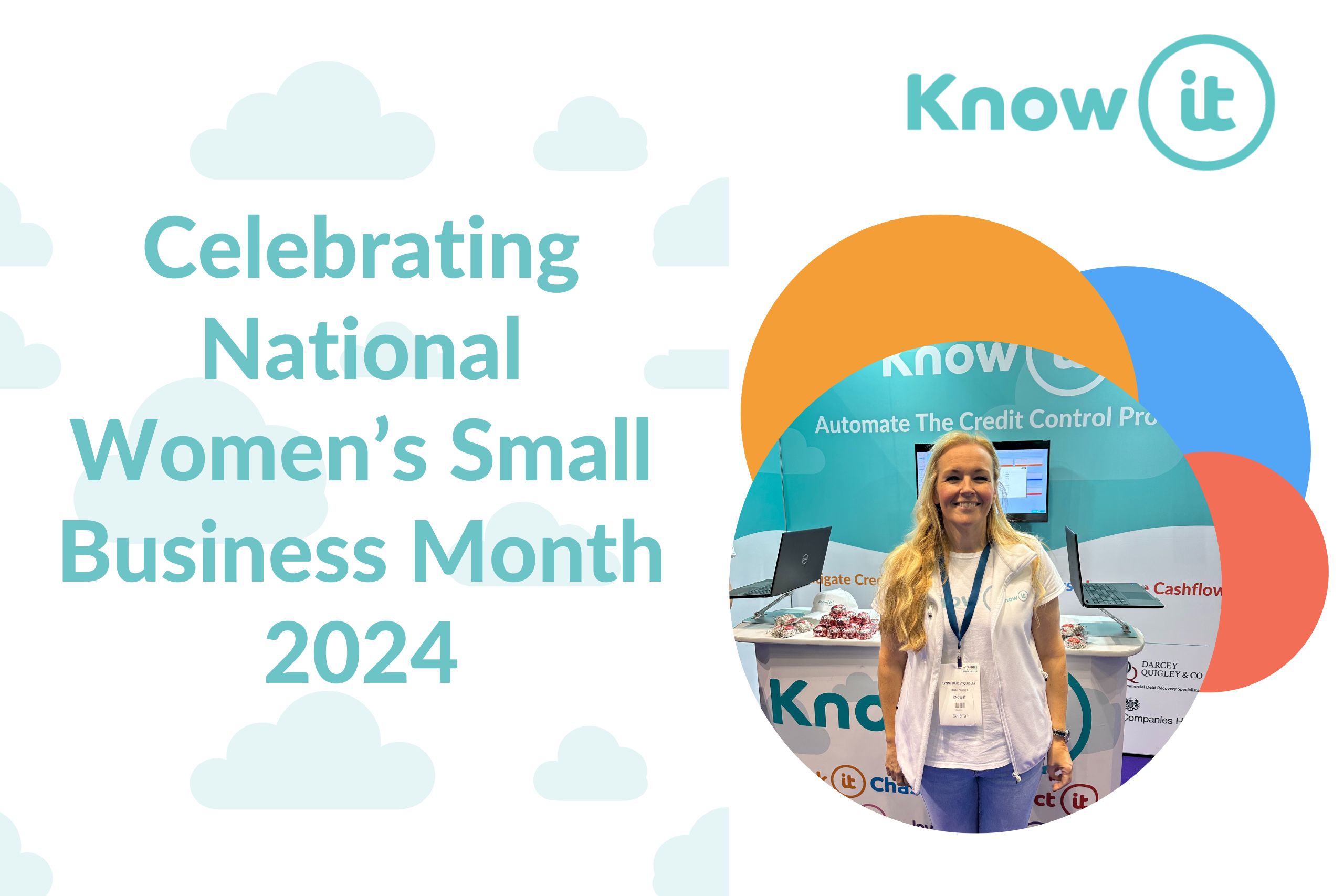How to write a strong warning letter for outstanding payments
Writing a strong warning letter for outstanding payments can be challenging.
You’ve delivered what you’ve promised and sent your invoice in plenty of time. But the payment date comes and goes and you’re still waiting on getting paid.
It’s a situation too many businesses find themselves in.
Thankfully, there are a few things you can control to get paid quicker.
Read on for some tips on writing emails & letters for chasing outstanding payment and even how you can fully automate your payment chasing process so your letters, emails and text messages are sent automatically!
How to send letters and emails chasing payment
Unfortunately, due to the nature of working with different customers, you are more than likely to encounter a late payer at some point. Of course, this could be purely accidental, and your invoice has been missed by your customer. However, in other cases, you could be dealing with a serial debtor. In any case, the first thing you should do is a credit check for new customers before offering credit.
When your invoice becomes overdue the first thing you should do is get in touch with your customer and send a letter or email chasing payment.
You should always be polite and courteous when sending chaser emails and letters, but you also need to find out when you can expect the payment to be made now that the invoice is overdue.
Again, your subject line or header should include your invoice number and company name as well as the payment due date to make it clear that payment is due. You should also attach your invoice again so that your customer can’t use the excuse that they haven’t received your invoice – we’ve heard that one plenty of times!
Your initial chaser email or letter will include all the information that you included in your original invoice as well as:
- The fact that the invoice is now overdue, include the full amount owed and the date it was due to be paid.
- Ask when you can expect the full amount to be paid.
In many cases, all it takes is a gentle nudge like a chaser email or letter for your invoice to be paid. However, you should always be prepared and have a strong letter or email prepared as back up in case you experience further delays in getting paid.
If your initial chaser goes ignored or you continually get stalled, it’s time to take a firmer approach.
The key difference between this chaser email or letter and the first one you sent is urgency.
Your approach and language should be firmer but still reasonable as you explain the number of days the payment is now overdue and it’s now becoming a problem. All the best practices we’ve mentioned above apply to this email as well as attaching the relevant invoices again. No matter how frustrated you might be when chasing payment, it’s vital that you don’t come across as rude or be overly aggressive. This will only make trying to collect the payment more difficult and could damage your professional relationship with your customer, impacting future business.
Sending letters for outstanding payment
Writing a letter for outstanding payment follows many of the same principles as sending an email chasing payment. The contents, language used, and schedule will be much the same as the emails discussed earlier in this article.
So, what is the point of sending letters if we’re covering the same things we do in our emails?
By communicating with your customer across multiple channels it makes it harder for them to ignore you and you stay front of mind.
Email inboxes can be extremely cluttered so your emails could be missed by your customer, completely by accident. But it’s much harder to ignore a physical letter since businesses receive far fewer letters each day compared to emails.
Another, often overlooked, reason for sending reminder letters is often the most important communications we receive usually get sent to us by post. Think about how likely you are to open an important looking letter. These are far harder to ignore than items in our email inbox. As sending letters aren’t as convenient as sending emails you may pick to send only the most critical reminders as letters.
Writing a warning letter for outstanding payment
Sending a warning letter for outstanding payment is the first reminder you should send when payment becomes overdue.
Whilst you should be firm with your payment reminders you should always be polite.
Looking for some inspiration? Here’s everything you need to include in an effective warning letter for outstanding payment:
- Your company name and address.
- Your customer’s name and address.
- The date letter is sent.
- Invoice number.
- Total amount owed.
- Payment date and days overdue
- A concise explanation that you still haven’t received payment in accordance to the payment terms agreed.
- Details on how to pay you.
Ask if your customer has any questions to phone or email you to get them resolved as soon as possible.
Writing a strong letter for outstanding payments
As we’ve discussed your first payment reminders may go unanswered and you’re still left waiting for payment.
In these instances, you need to contact your customer again but this time with a firmer approach, but be careful not to come across as rude, you don’t want to make the situation worse and damage the relationship with your customer.
Here’s some guidance on what to include in a strong letter for outstanding payments to get paid quicker:
- Your company name and address
- Your customer’s name and address
- The date letter is sent
- Invoice number
- Total amount owed
- Payment date and days overdue
- Explain that you still haven’t received payment and reference your previous communication.
- Details on how to pay you.
- Advise that this is becoming a problem and the payment needs to be made urgently, again asking your customer to clarify when exactly you can expect to receive payment.
Automatically send strong warning letter for outstanding payment
Writing and sending emails and letters for all your invoices is time consuming and sometimes difficult, so writing templates for each scenario will hopefully help you and we hope this article is useful.
But there’s an even more effective way to chase outstanding payment. Fully automate the payment chasing process!
Chase-it lets you schedule late payment reminder emails, letters and SMS messages using our fully customisable templates.
By integrating seamlessly with your accounting software in just one click, Chase-it allows you to send fully customisable emails, letters and SMS messages on a schedule picked up from your invoices in your accountancy package.
Once you create your templates and create your schedule Chase-it will send your customised emails, letters and SMS messages automatically to remind your customers about upcoming payment dates and chase payments when they become overdue.
Get paid quicker
Know-it is a revolutionary platform that enables you to effectively manage all your credit control, mitigate risk and better understand your customers.
Effectively credit check your customers using data from independent reliable sources based in the UK such as Creditsafe, Companies House, The Gazette and Unsecured Creditors all in one place. Automatically send invoice reminders and chase overdue payment and collect outstanding payment with ease.
If you have outstanding invoices you can calculate exactly how much late payment interest and compensation you are entitled to with our commercial debt recovery partner Darcey Quigley & Co.
Simplify your credit management processes with Know-it. Get 30-days free now!
Lynne is the Founder and CEO of Know-it!
She is a passionate, driven and forward-thinking entrepreneur determined to help resolve the late payment crisis gripping SMEs.
Having worked within the credit management industry for over 27 years and ran UK leading commercial debt recovery specialists Darcey Quigley & Co for over 16 years, Know-it was devleoped to make credit control more accessilble for SMEs to help them effectively mitigate credit risk, reduce debtor days and boost cashflow!
Connect with me on LinkedIn!





































